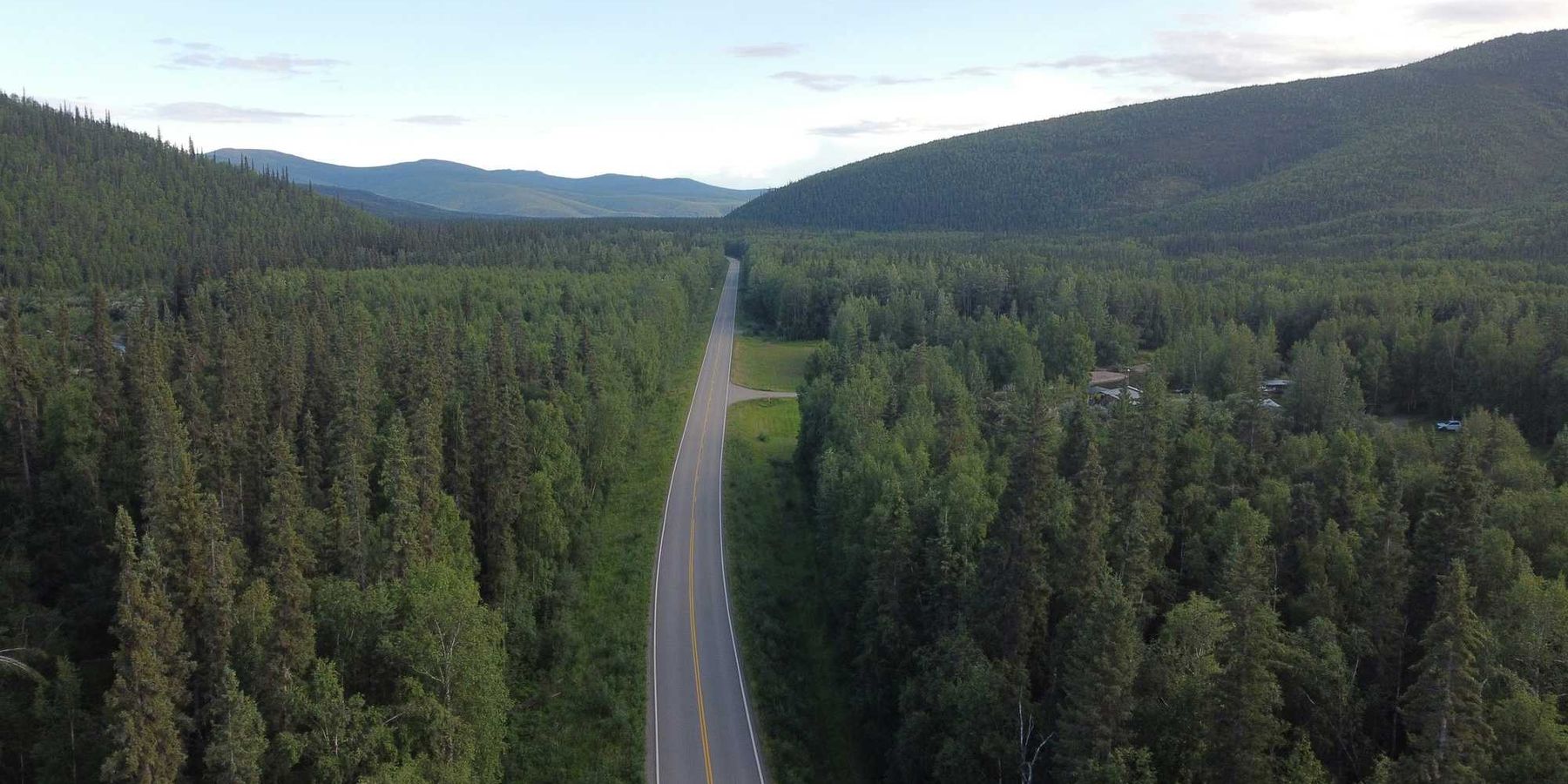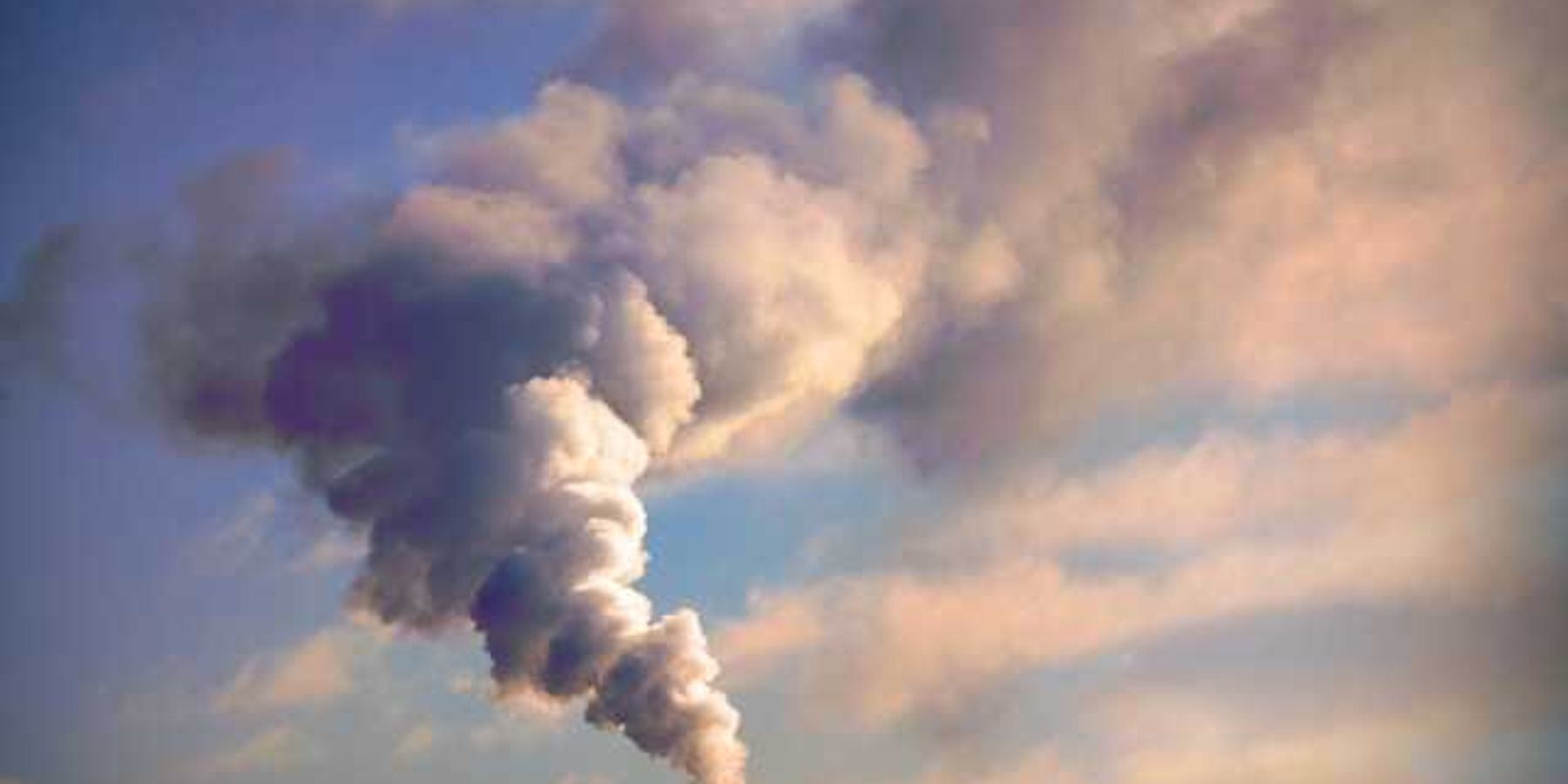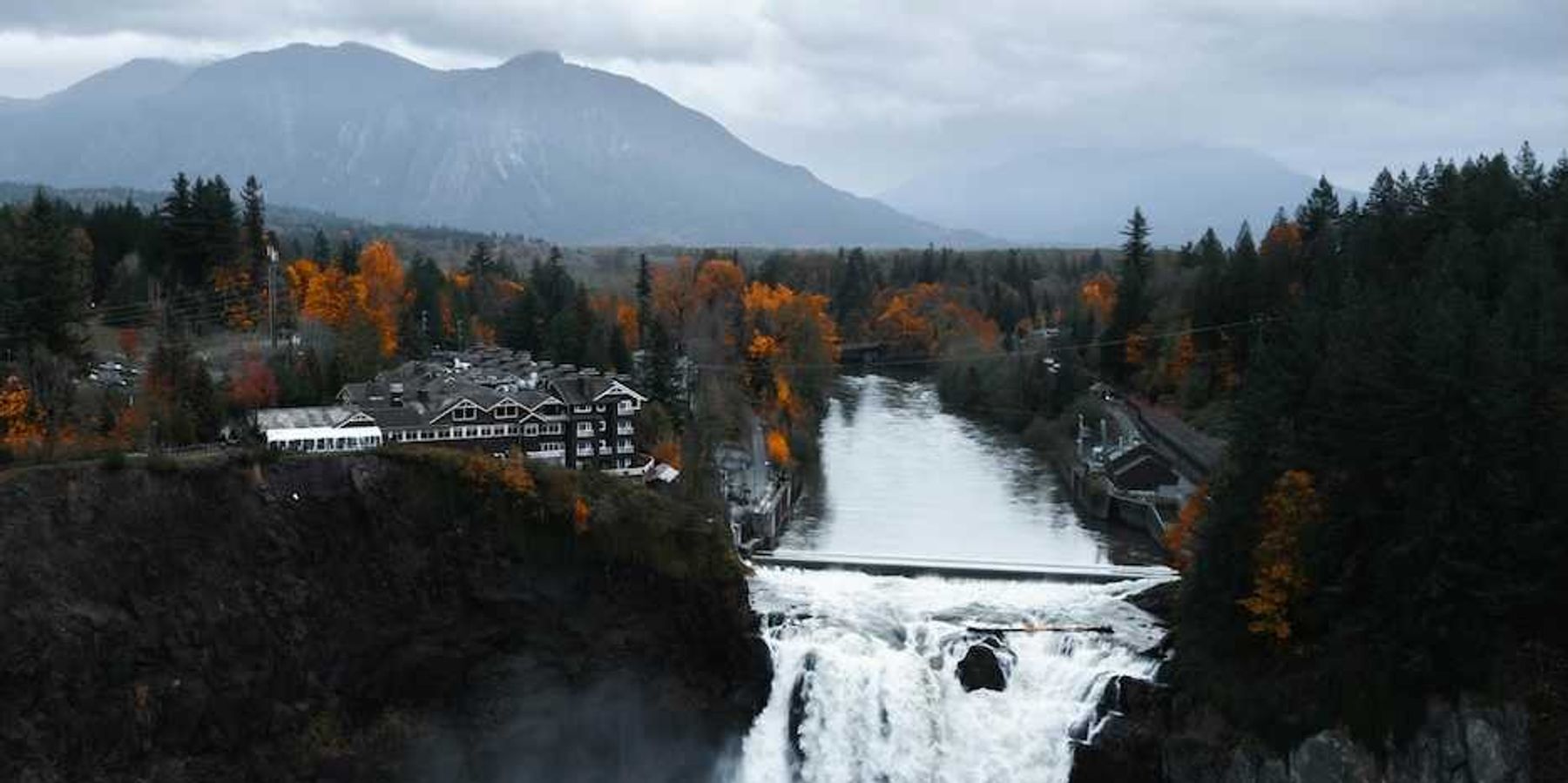EPA dismantles decades of work on environmental justice
The U.S. Environmental Protection Agency is cutting staff and funding for environmental justice programs, shuttering its Office of Environmental Justice, and sidelining science-based tools and research.
Jenni Doering reports for Living on Earth.
In short:
- Former EPA official David Cash says the agency’s rollback of environmental justice programs will increase exposure to pollution, lead, and mold in low-income and minority communities.
- The EPA has removed a public mapping tool that helped target health-focused investments, like electric buses and lead pipe replacement, in areas with high asthma and toxic exposure.
- Eliminating the EPA’s science office could leave states without key research and data needed to protect public health and hold polluters accountable.
Key quote:
“It will mean more and more people exposed to lead, and kids exposed to lead, and therefore kids having education problems and attention deficit problems, all of those kinds of things that are related to high blood lead levels. At this point, it's completely unlawful, what EPA is doing.”
— David Cash, former EPA administrator for Region 1-New England
Why this matters:
Environmental justice programs have long served as a lifeline for communities where smokestacks, highways, and hazardous waste sites are often just a few blocks away from schools and homes. These initiatives — ranging from grants to monitor air quality to efforts that reduce exposure to lead and diesel exhaust — have helped address the health disparities that come with living near sources of industrial pollution. Many of the neighborhoods that benefit are predominantly low-income and home to people of color, where rates of asthma and other chronic illnesses outpace national averages.
Cutting these programs not only halts progress but threatens to reverse it. Federal support has played a key role in helping local governments and grassroots organizations track environmental risks, advocate for cleaner practices, and hold polluters accountable. Without it, already-overburdened communities face steeper challenges in protecting public health, especially as regulatory oversight becomes thinner. The rollback comes at a time when climate-driven events — extreme heat, wildfires, and floods — are amplifying the health impacts of pollution, often in the very places these programs were designed to protect.
Read more:













